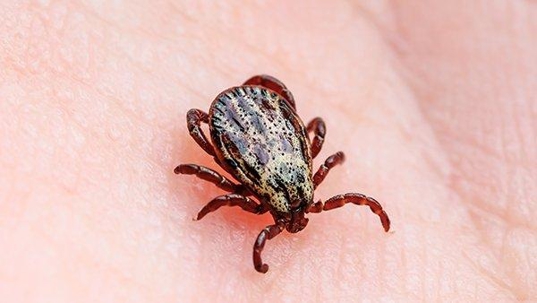No matter how big or tough you are, you would be terrified if you came face to face with a grizzly bear. The same would be true for a tiger, lion, shark, or any other ferocious beast. Why is it that people are scared of these creatures, but aren’t that afraid of ticks?
Is it because they are small, or perhaps that the danger they pose isn’t immediate? To help you better understand these invasive dangerous Plano pests, here are a few things you should know.
Ticks Common Around Plano
There are a few different species of tick common to Northeastern Texas, including the American dog tick, the brown dog tick, and the Lone star tick. One thing you might not know about ticks is that they are not insects but rather arachnids, like spiders. The biggest difference between these pests and spiders is that ticks don’t eat bugs, but drink human blood.
How Ticks Get Onto A Host
Ticks aren’t very fast, nor are they able to fly or leap long distances. All ticks have going for them is their intelligent boarding methods, which they use to get into a host. A ticks two favorite ways to get onto a person include climbing up tall plants and grabbing onto people as they walk by, and falling from trees as people walk beneath them.
The Dangers Of Ticks
Most pests that drink blood are dangerous; ticks are no exception. These small pests are known for carrying dangerous disease-causing organisms such as bacteria and parasites. These organisms are transferred to people as ticks feed and can sometimes lay dormant for over a month before developing into serious symptoms. Here are a few of the most common diseases ticks spread in our area:
- Rocky Mountain spotted fever
- Tularemia
- Human ehrlichiosis
- Heartland virus
- Bourbon virus disease
If a tick bites you, keep your eyes out for the following symptoms, as they could be signs of a tick-borne illness:
- Fever
- Chills
- Nausea
- Vomiting
- Headaches
- Joint pain
- Fatigue
- An ulcer around the bite zone
- Rash
- Swelling lymph nodes
- Neurological problems
Ways To Reduce Tick Populations Around Your Property
Ticks need a few elements to thrive around properties: thick undergrowth, adequate moisture, and hosts to feed on. To reduce tick populations around your property, here are a few prevention tips to put in place.
- Reduce Moisture: Ticks don’t need much moisture to survive, but a dry property does help keep away these pests. To reduce moisture around your yard, eliminate sources of water build-up and repair leaky heating and cooling units.
- Maintain Your Landscaping: Ticks love tall grass and thick underbrush. To reduce these factors around your property, trim your grass regularly, and keep your landscaping well-maintained.
- Invest In Tick Prevention For Your Pets: Pets often bring ticks into homes. To keep your pets safe from these dangerous pests, invest in high-quality flea, and tick collars for them to wear. If you feel this isn’t an option for you, talk to your vet about other possible solutions.
The best way to reduce and eliminate tick populations is to invest in professional tick control. At All-Safe Pest & Termite, we take ticks seriously. We know how dangerous these pests are, which is why we only use the most advanced pest control techniques and industry-leading products.
Let our team get you the protection you and your family deserve. Call us today to learn more.

